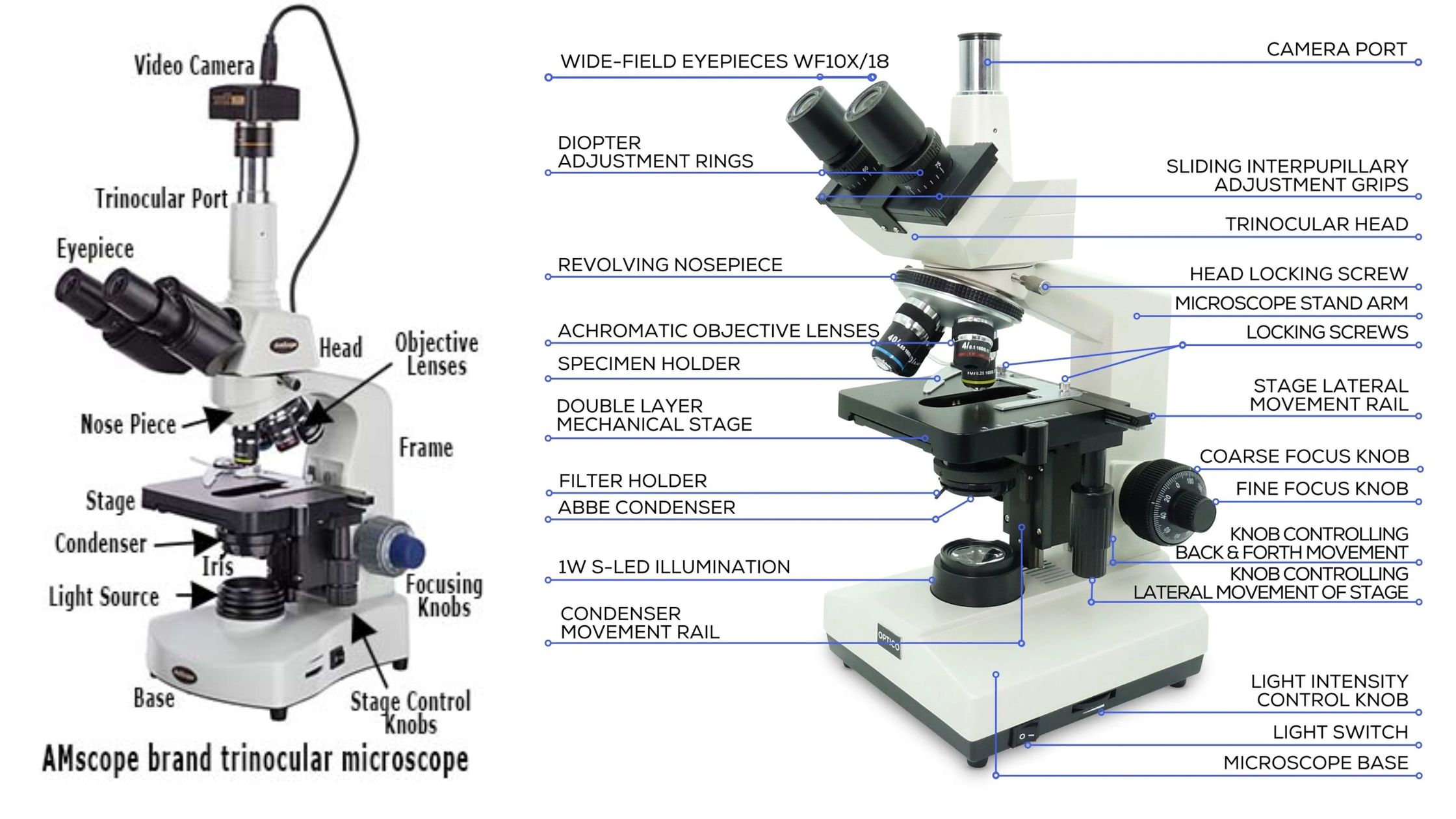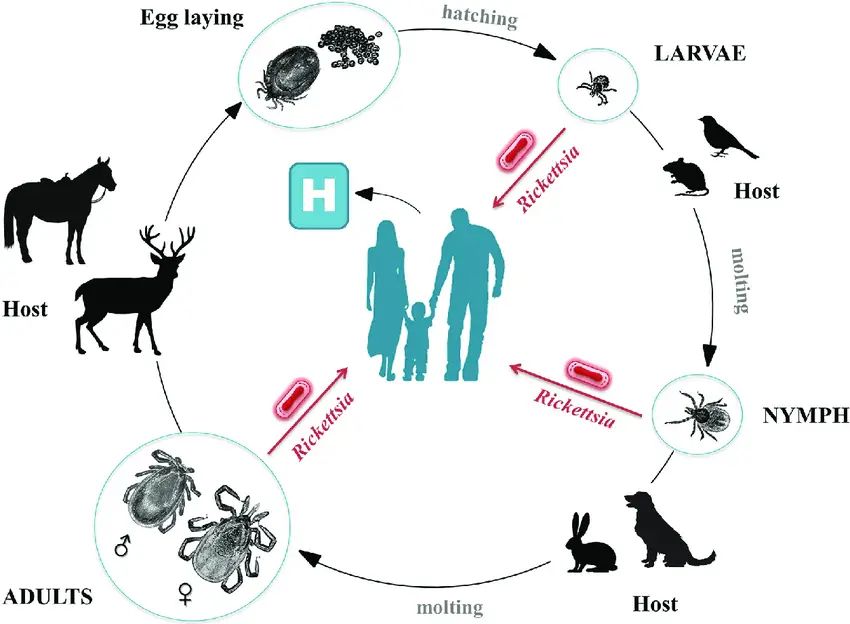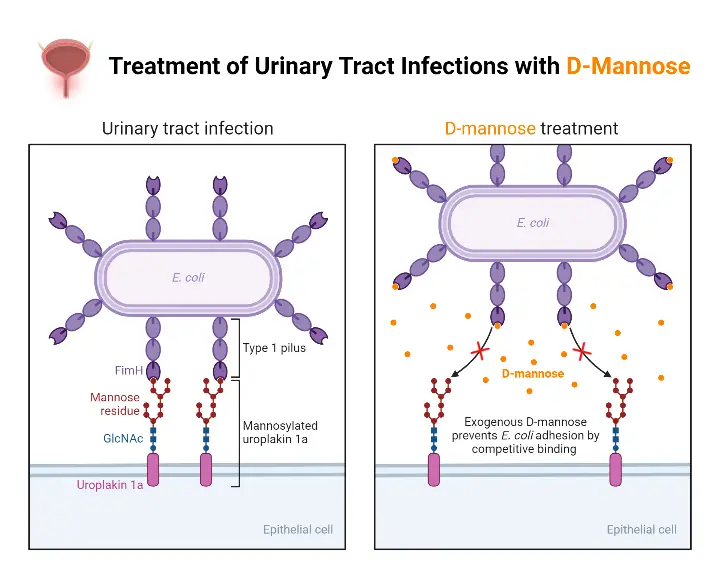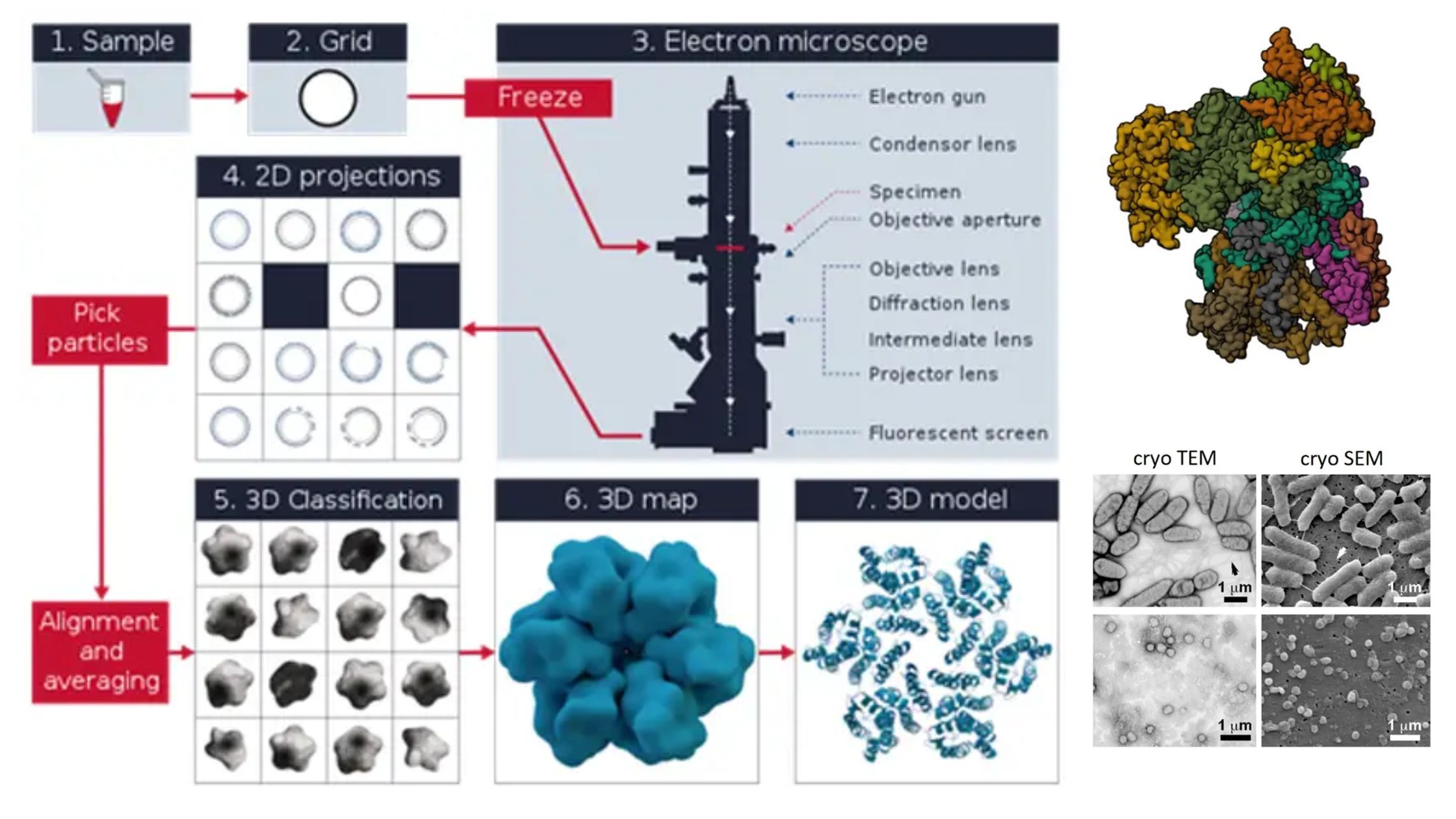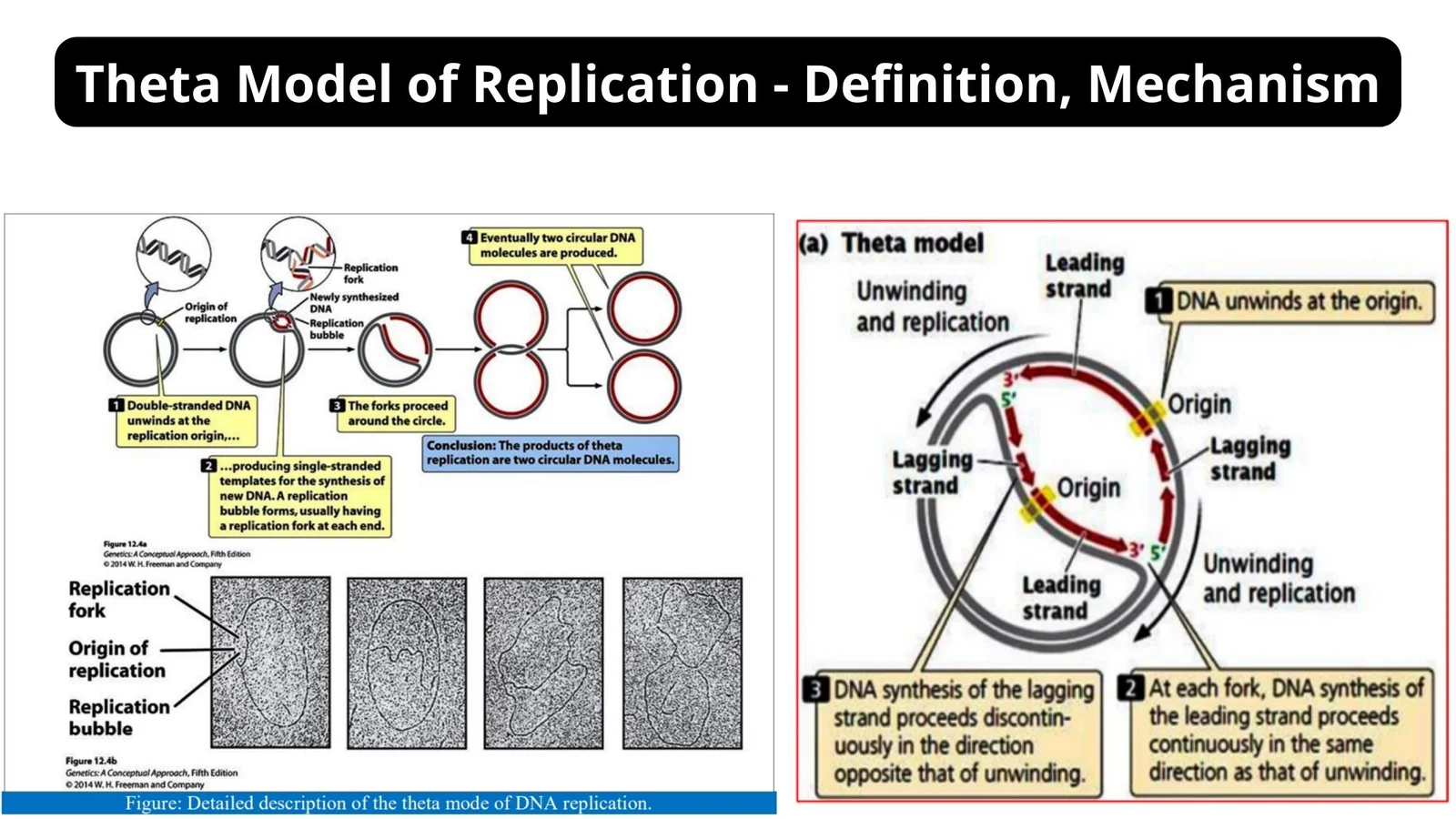Trinocular Microscope – Definition, Principle, Parts, Protocol, Uses
A trinocular microscope can define as a specialized Light-Microscopy instrument that adds a third optical tube for imaging or recording purpose’s, and this design is widely used in laboratory Observation’s where detailed visualization of micro-structures are needed. It is important to note that the three-tube arrangement give’s a look into how researchers try to observe … Read more
